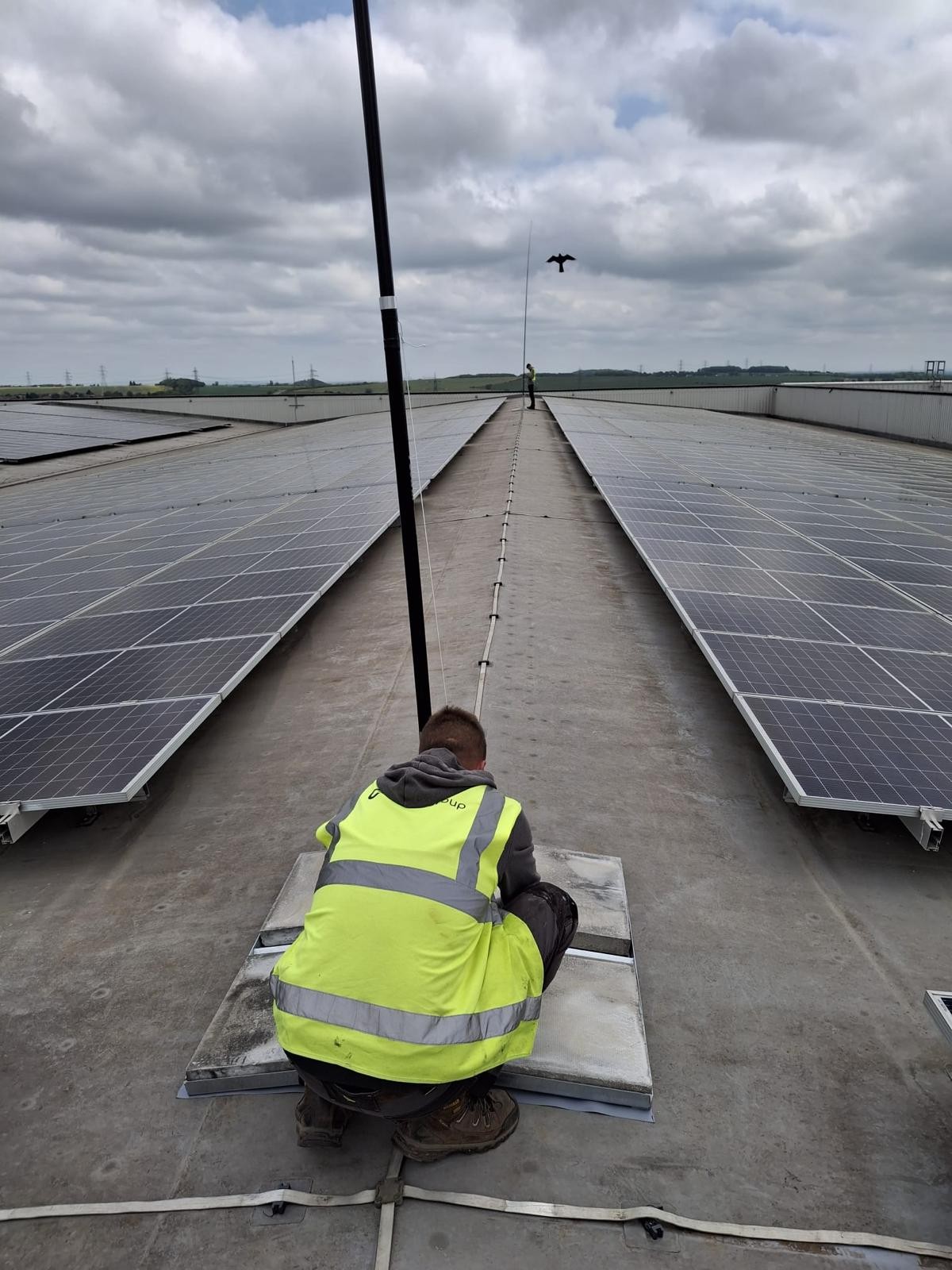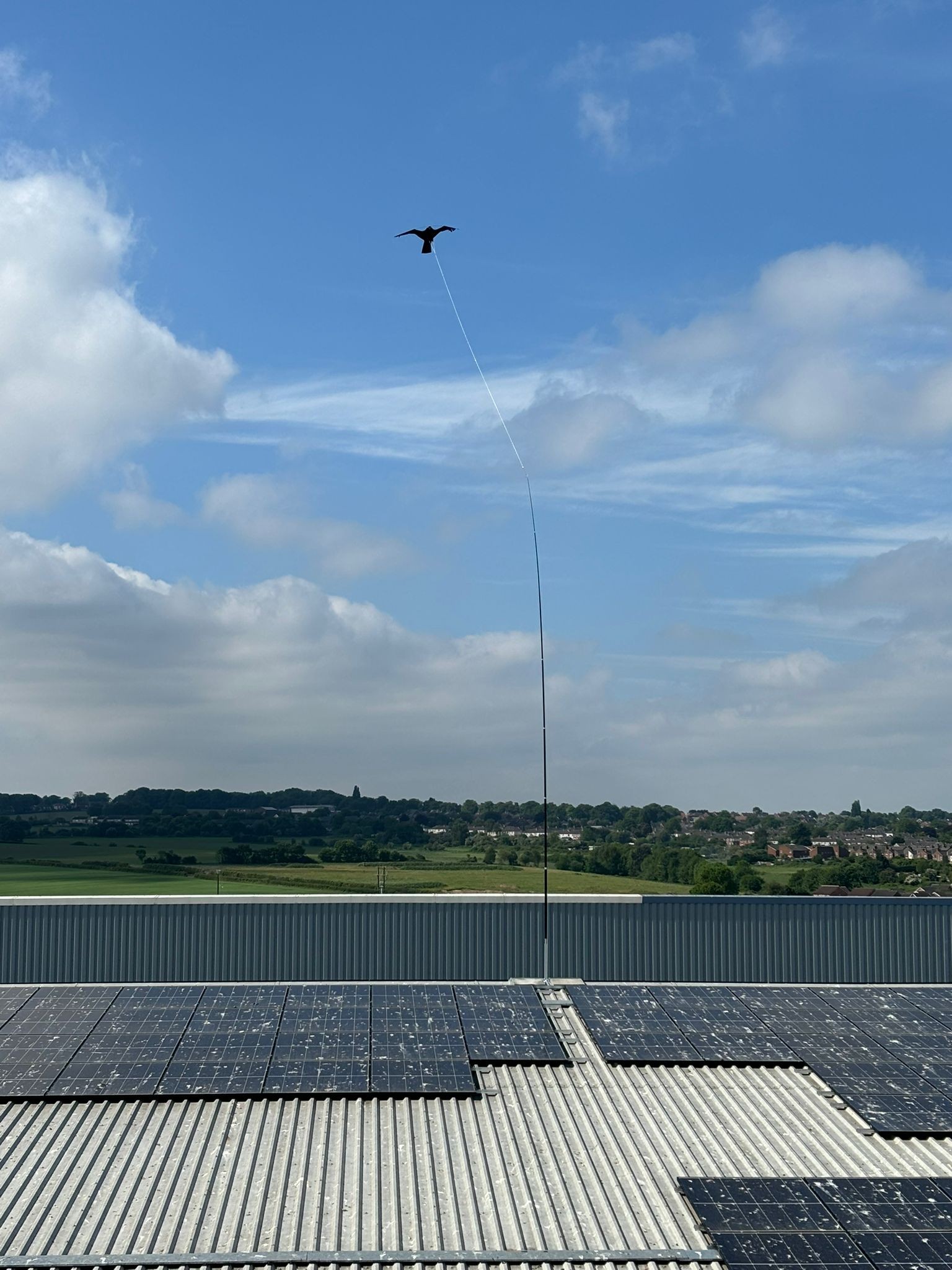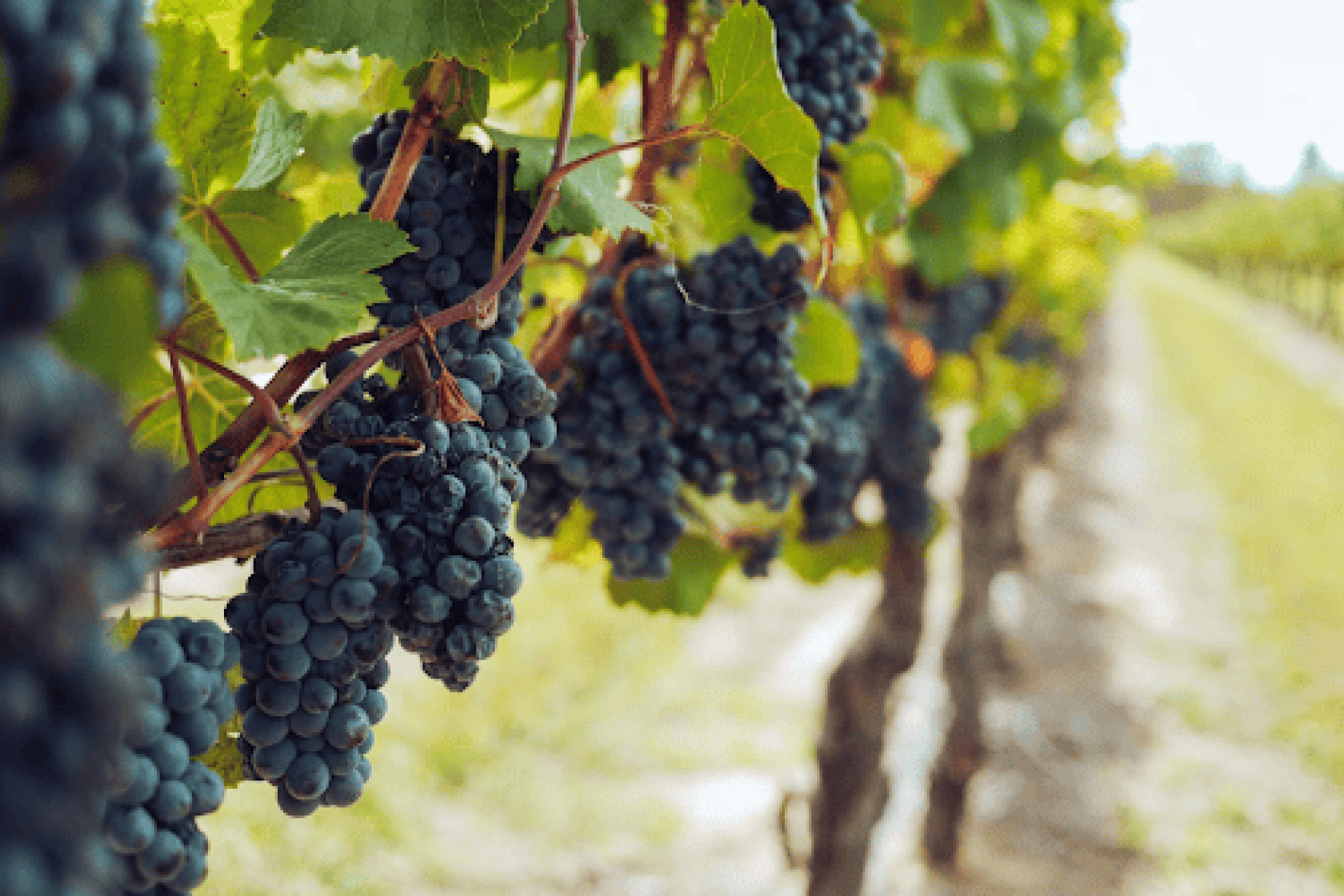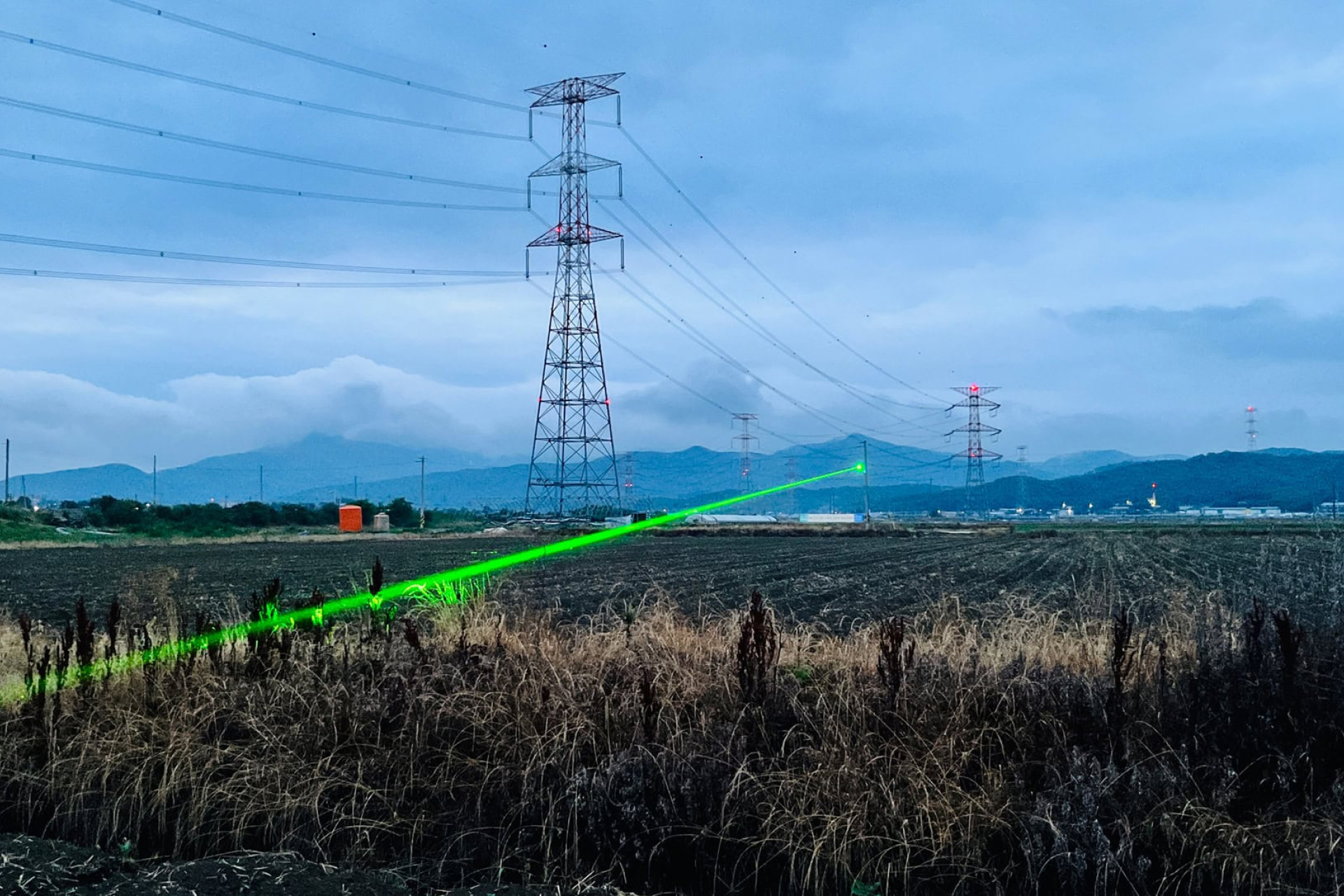While hawk kites on their own are very effective, they can be even more powerful as part of a comprehensive bird control strategy. Integrated Bird Management often recommends using hawk kites alongside complementary deterrents for maximum results:
Choosing the right Hawk Kite For You
Our experts will survey your site, recommend the right anti bird spikes or other solutions, and provide a prompt quote.

Light conditions
A higher laser output power is recommended for use during bright light conditions.

Distance and Beam Angle
A higher laser output power balances out the loss of contrast due to spreading of the laser beam over a larger surface area.

Local environmental conditions (albedo)
A higher laser output power is recommended for use in an environment with light absorbing surfaces.
Our Happy Customers
Thousands of customers from different sectors worldwide rely on our bird control services to solve their bird problems.
Common Questions – Hawk Kites
Get a Quote
To provide you with the local support that you need, we rely on a network of trusted partners around the world. Please fill out the form below to begin.






